Surveying birds of the Albany Bulb
By Ilana DeBare
Jutting out into San Francisco Bay, the Albany Bulb and Neck has received a lot of attention for its human uses: a onetime garbage dump, onetime homeless encampment, and the first section of shoreline targeted to be a part of today’s McLaughlin Eastshore State Park.
Now people can also learn about avian uses of Albany Bulb and Neck, thanks to a joint citizen-science initiative by Golden Gate Bird Alliance and Citizens for East Shore Parks (CESP).
Golden Gate Bird Alliance and CESP recently published the results of a year-long bird survey of the Bulb and Neck that found about 90 species using the 33-acre area.
“Birds heavily use this area across the seasons for breeding, as a migration rest stop, for year-round residence, and for wintering,” according to the report, which is available on the CESP web site.
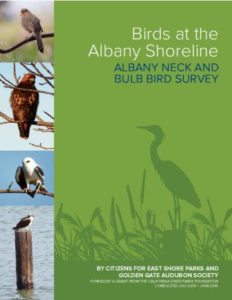 Albany Shoreline bird report
Albany Shoreline bird report
Examples include:
- White-crowned Sparrows spend winters at the Bulb, foraging for seeds and sheltering in the abundant Coyote brush.
- Colorful yellow-and-black Townsend’s Warblers rely on the Bulb as a rest stop during their annual migration from breeding areas in Alaska to wintering areas as far south as Panama.
- White-tailed Kites hunt and nest on the Bulb, and can often be seen hovering almost motionless in mid-air.
The Bulb and Neck extend west into San Francisco Bay at the foot of Buchanan Street, west of I-80. Golden Gate Bird Alliance members were already somewhat familiar with the area from annual Christmas Bird Counts and a bird survey they did of the broader Eastshore State Park area in 2006.
But even they were surprised by the abundance and tenacity of birds in the area, which gets heavy use by people and dogs.
“It surprised me how much nesting activity there was,” said Pam Young, a Golden Gate Bird Alliance board member who led the volunteer bird surveyors. “We found nests in places like along the parking lot where you’d think, ‘How can they possibly nest there?’ Despite all the human disturbance, there are some very tenacious birds breeding out there. It’s a wonderful story of resilience and persistence.”
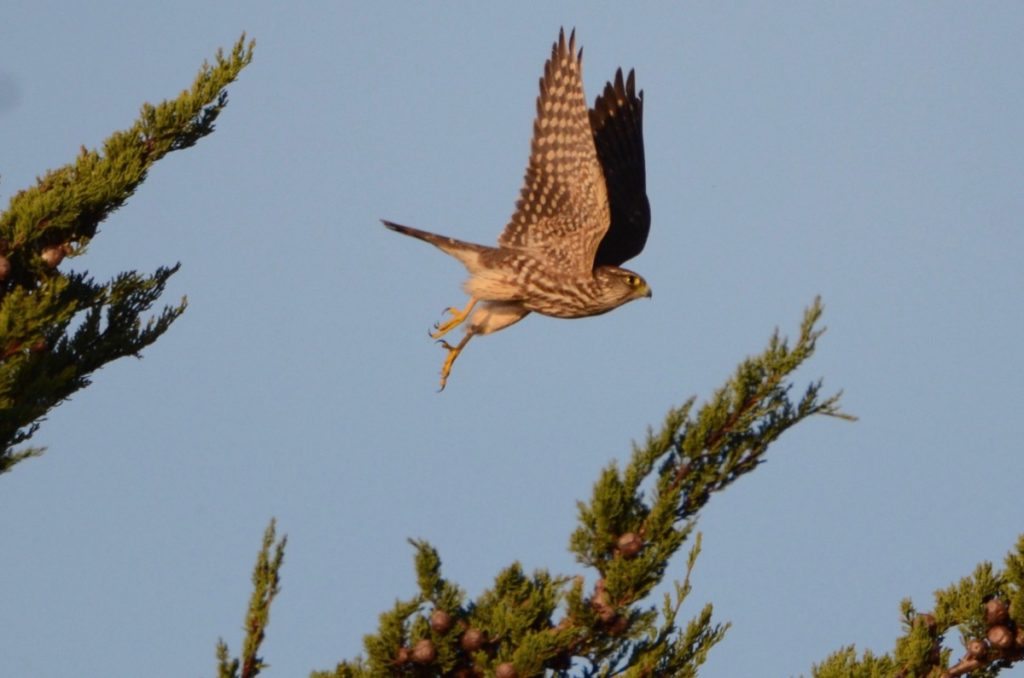 Merlin over cypress tree at Albany shoreline / Photo by Pam Young
Merlin over cypress tree at Albany shoreline / Photo by Pam Young
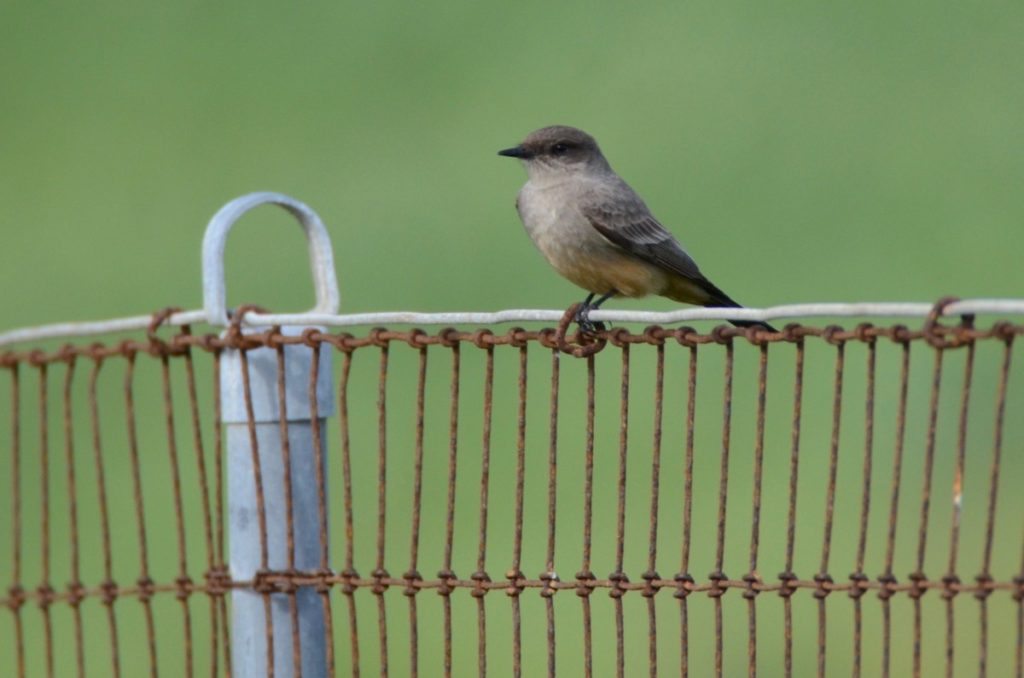 Say’s Phoebe at Albany shoreline / Photo by Pam Young
Say’s Phoebe at Albany shoreline / Photo by Pam Young
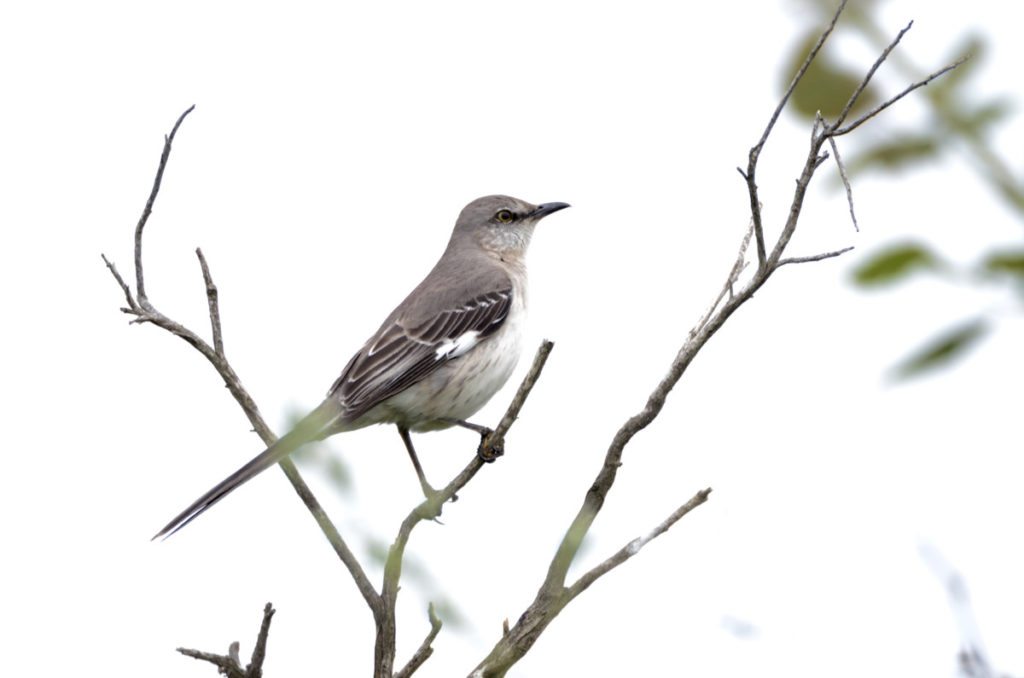 Northern Mockingbird by Pam Young
Northern Mockingbird by Pam Young
The survey project – funded in part by a grant from the California State Parks Foundation – had its roots in a desire by CESP to ensure that the natural resources of the Bulb and Neck were understood and protected.…

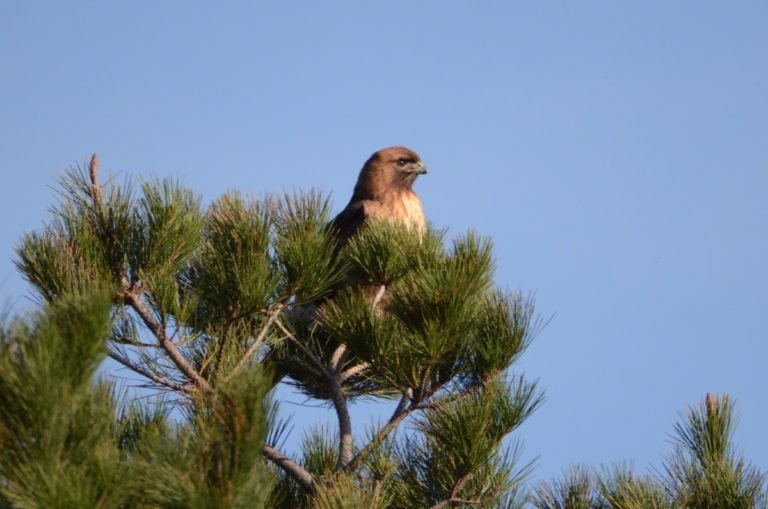
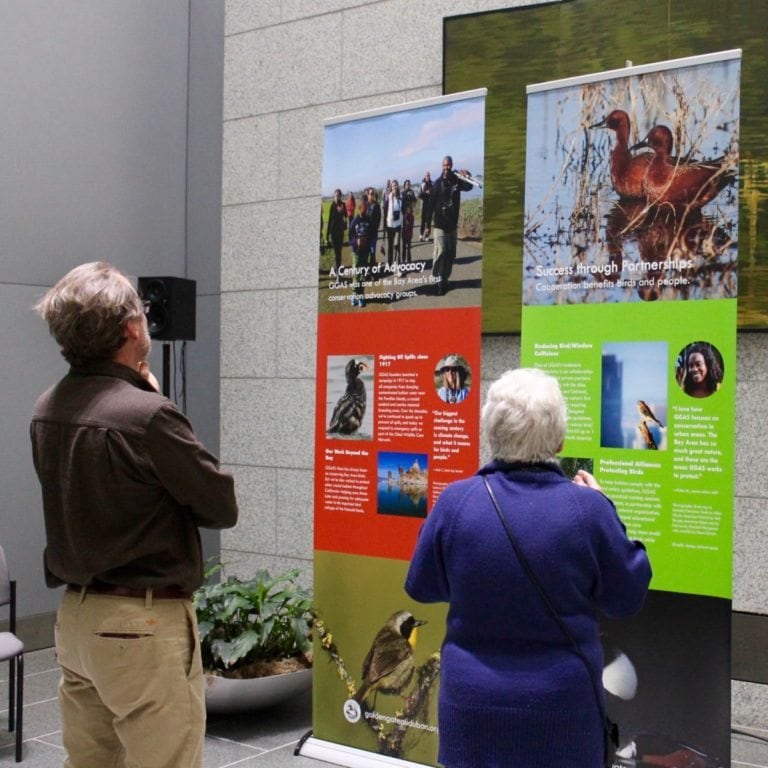
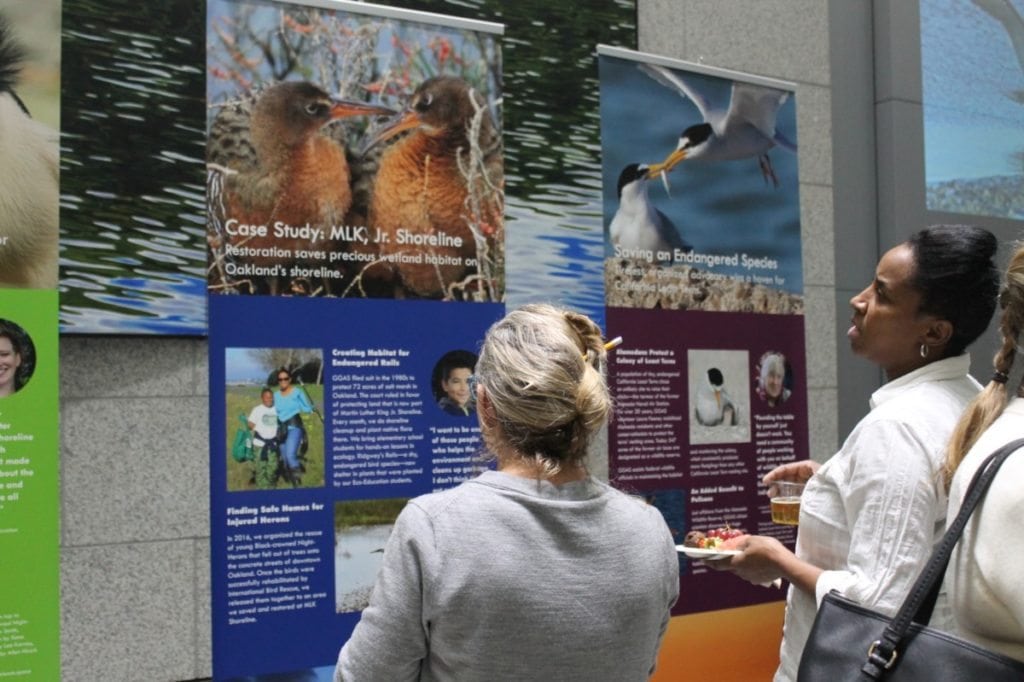 Viewing the exhibit.
Viewing the exhibit.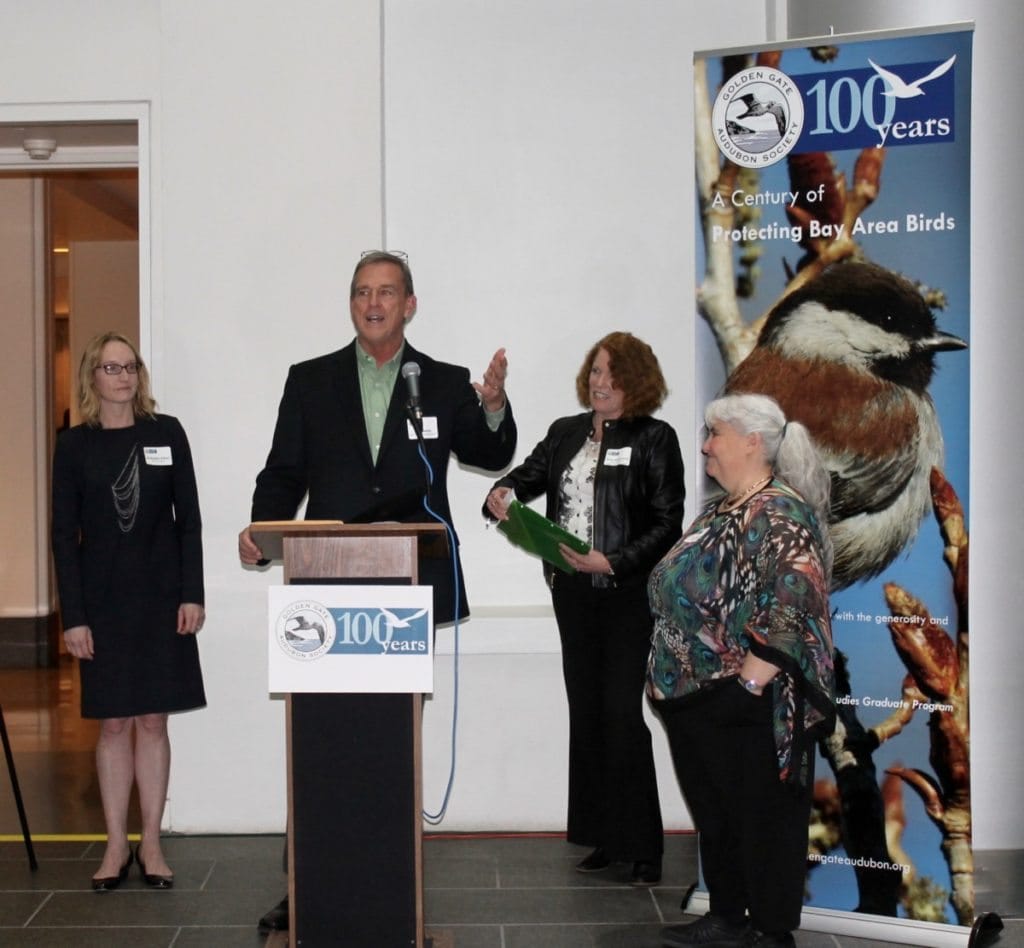 SF Supervisor Jeff Sheehy presents the city proclamation to board member Jill Weeder O’Brien, Centennial Committee Chair Diane Ross-Leech, and Executive Director Cindy Margulis.
SF Supervisor Jeff Sheehy presents the city proclamation to board member Jill Weeder O’Brien, Centennial Committee Chair Diane Ross-Leech, and Executive Director Cindy Margulis.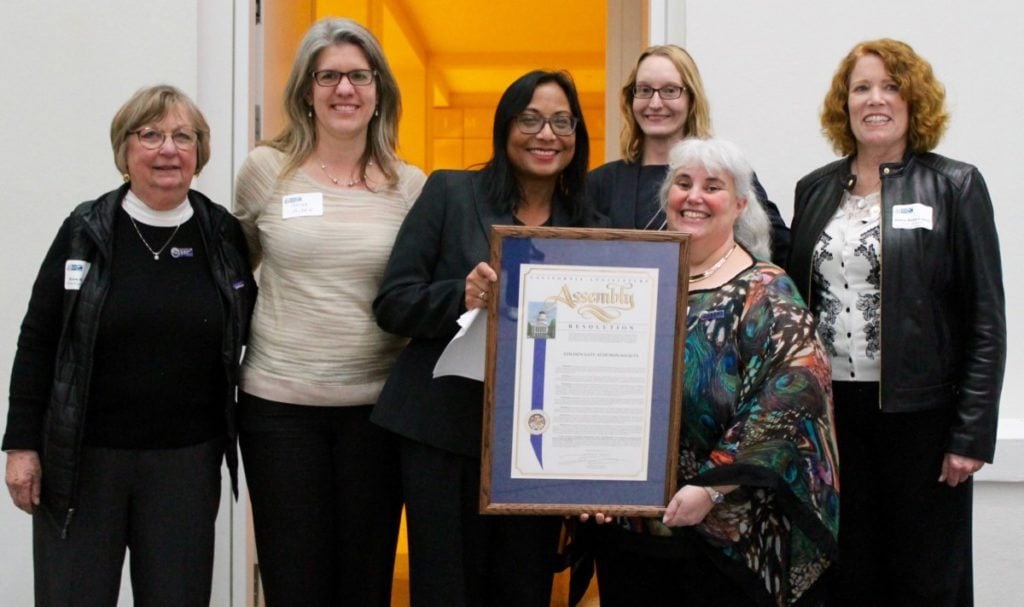 Presenting the proclamation from the California Legislature.
Presenting the proclamation from the California Legislature.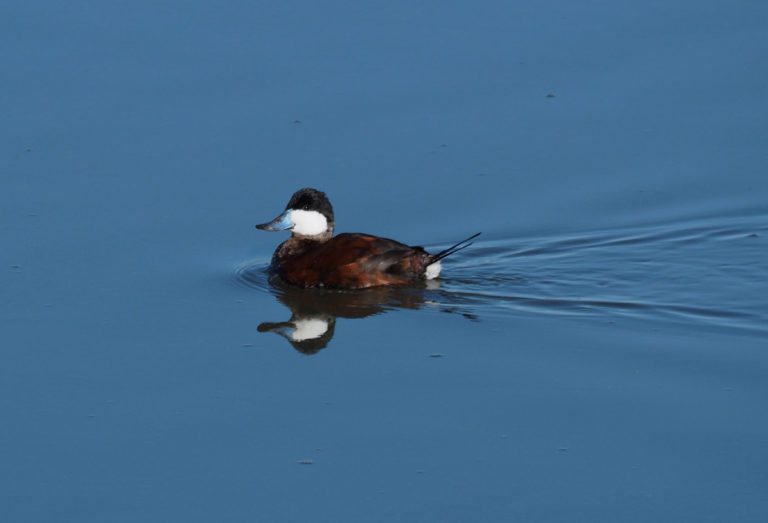
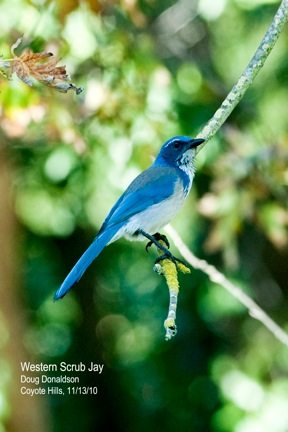 California Scrub-Jay by Doug Donaldson, one of Anne Hoff’s former students
California Scrub-Jay by Doug Donaldson, one of Anne Hoff’s former students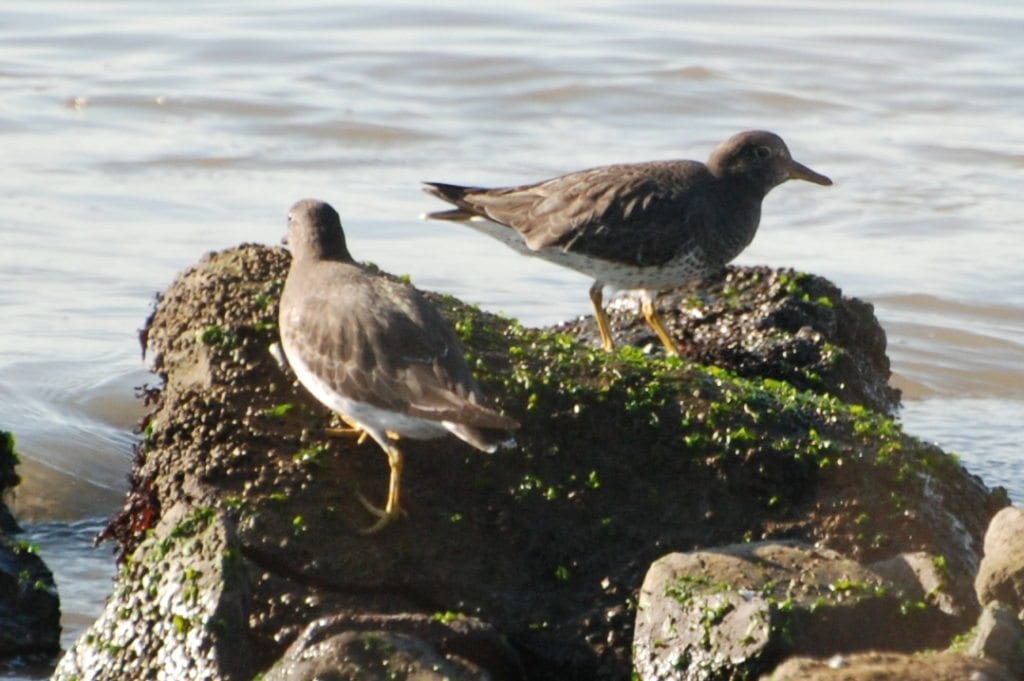 Surfbirds at Berkeley Marina by Karen Anderson, one of Anne Hoff’s former students
Surfbirds at Berkeley Marina by Karen Anderson, one of Anne Hoff’s former students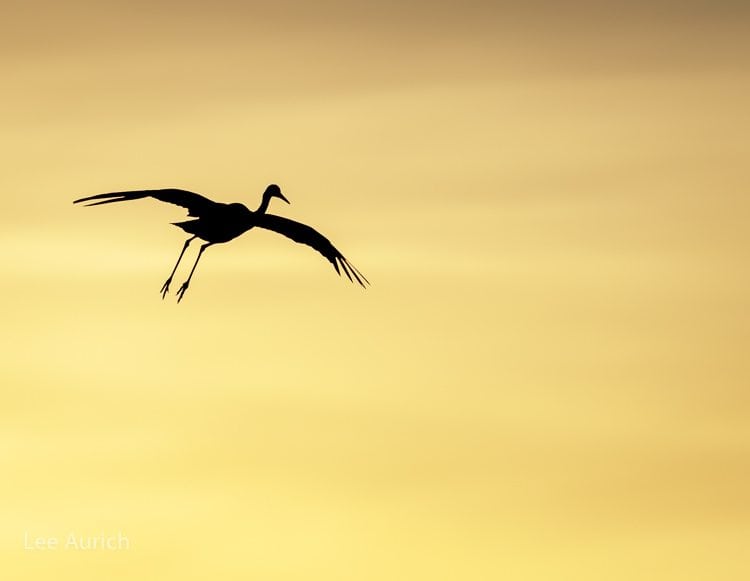
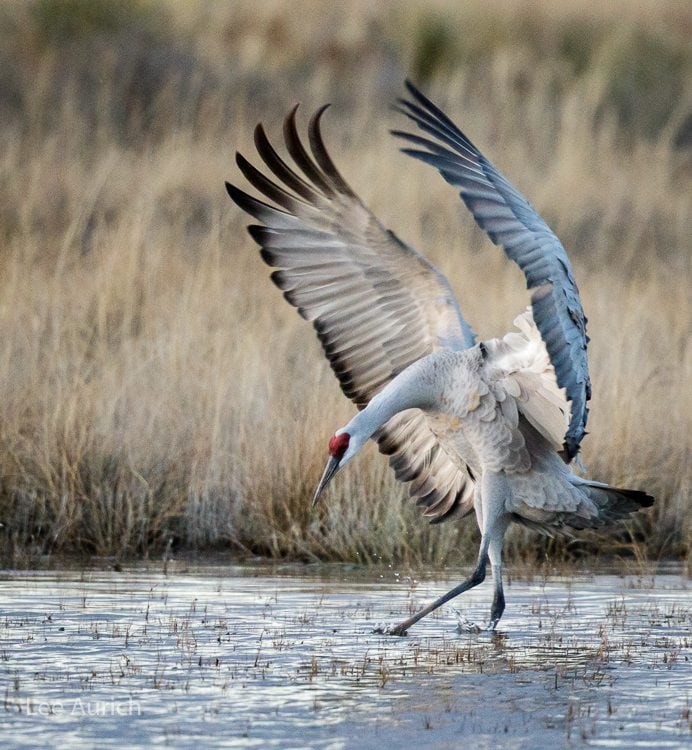 Photo by Lee Aurich.
Photo by Lee Aurich.
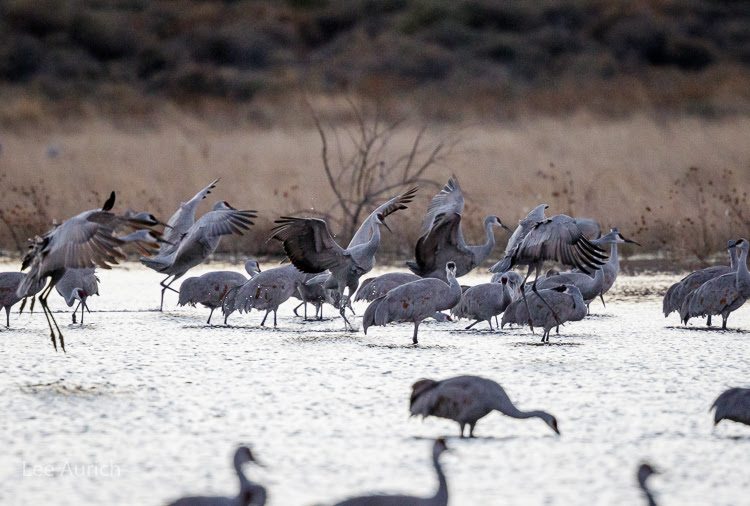 Photo by Lee Aurich.
Photo by Lee Aurich.
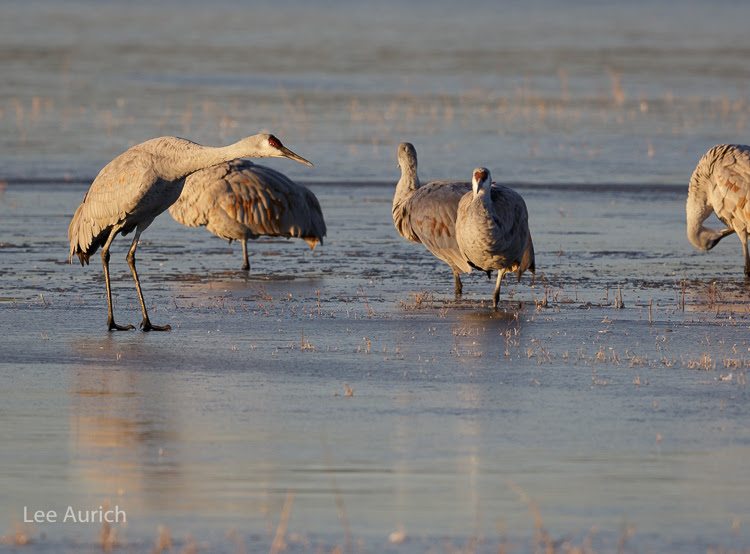 Photo by Lee Aurich.
Photo by Lee Aurich.
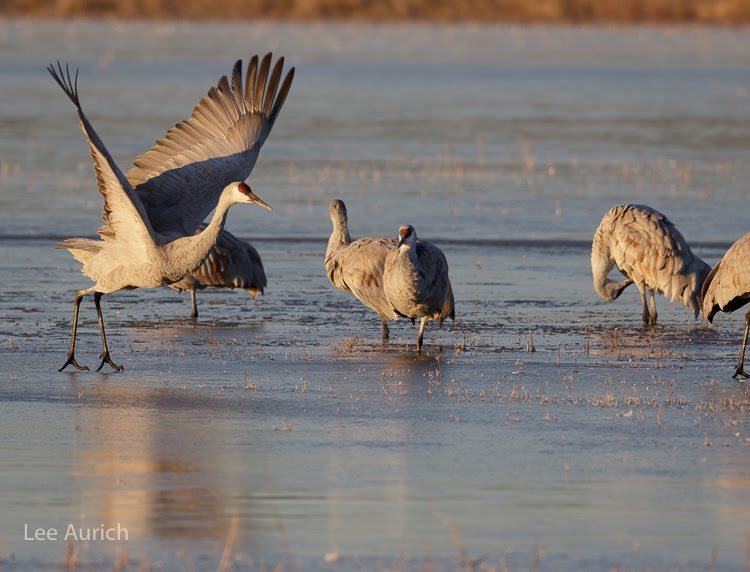 Photo by Lee Aurich
Photo by Lee Aurich
 Photo by Lee Aurich.
Photo by Lee Aurich.
 Photo by Lee Aurich
Photo by Lee Aurich
 Counting at Ocean Beach. Photo by Sharon Beals.
Counting at Ocean Beach. Photo by Sharon Beals. Snowy Plovers at Ocean Beach. Photo by Sharon Beals.
Snowy Plovers at Ocean Beach. Photo by Sharon Beals. Photo by Sharon Beals.
Photo by Sharon Beals.